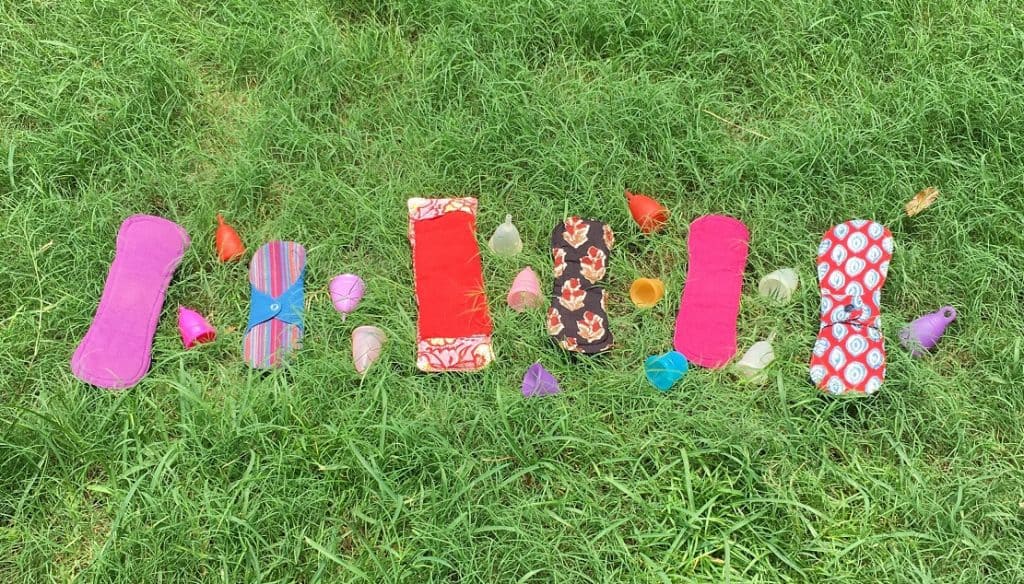Recently, you have read a lot about RUMPs in this space – Re-Usable Menstrual Products – Menstrual Cups and Cloth Pads. Initially feeling a little lost about what they are, you probably watched some videos on YouTube as well – which left you more confused on how to select the right product for yourself.
If you are one of those who don’t mind inserting a foreign object in your vagina – without thinking twice – switch to a cup. You will never regret it. It’s comfortable, convenient, cost-effective and eco-friendly.
But if you are one of those, who just can’t imagine putting this little silicone cup inside your body then cloth pads can be your solution towards a trash free period.
If you have decided to make the switch, below are a few tips on how to select the right RUMP.
Selecting the right menstrual cup
No matter which cup you go for, 80% chances are that it will work for you, but please – stay away from china cheapies that are readily available on Amazon. Do some research and invest in a good brand.
However, based on your body and lifestyle, certain cups will be more suitable for you than others. While selecting the right cup, you must consider three aspects:
- Diameter
- Length
- Softness.
Diameter: Our vaginal muscles are very elastic and can accommodate most cups but here is what I recommend:
- Small diameter (38-41mm) – for young girls and virgins.
if you have heavy flow, you can go for medium diameter for more capacity. - Medium diameter (41-45mm) – for sexually active women, women who have had child birth via C-section, women with one vaginal child-birth and are active in sports (as regular exercise makes your muscles stronger and tighter).
For heavy flow, you can go for large diameter as the cup will have more capacity and you will need to empty it less often. - Large diameter (44-47mm) – for women over 35 (as muscles tend to loosen up with age) and ones who have given vaginal birth.
You may opt for medium diameter if you are active in sports. Women who have had two or more vaginal births, should go for large diameter.
Length: Most women (70-80%) have a high cervix and find most cups very comfortable. However, a few will have a low/medium cervix and will need cups of medium length. Women with very low cervix can only use “shorty” cups.
This video explains the cervix and how to measure it, but if you can’t be bothered with this extra step, get a cup of length around 48-52mm and chances are it will work like a charm.
Softness: Picking a soft or hard cup is mostly a personal preference. For a beginner, softer cups are easy to insert and remove as compared to firmer cups – but for some women, these tend to start leaking after a few months or slide down and don’t hold on tightly.
Women who are active in sports should consider firmer cups – if you have strong vaginal muscles, they might crunch up a soft cup and it may leak.
Women who have urinary incontinence or bladder leakage should, however, go for a soft cup. Firmer cups will put pressure on the bladder, making it difficult to pee while wearing the cup.
 Selecting the right cloth pads
Selecting the right cloth pads
Reusable cloth pads come in different sizes and level of absorbency. These can be used for daily discharge, period flow, mild incontinence and postpartum bleeding. These are made of soft and breathable fabric which is gentle on your skin, and do not cause any rashes or infections.
For higher absorbency requirements, you will need wider and longer pads that can soak more and for lower requirements (e.g. daily discharge) you will need small pads with low capacity. Based on the materials used, same size pads can absorb different quantity of menstrual fluids. For beginners, I would suggest getting 2-3 different types of pads and see what you prefer the most.
So go ahead, and make a greener, better choice. Trust me, you will not regret it!